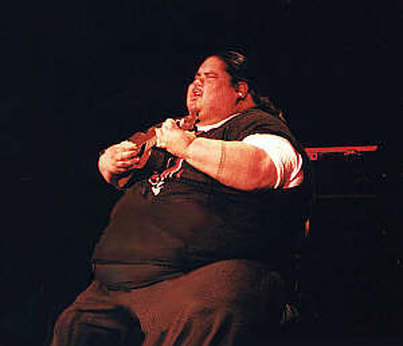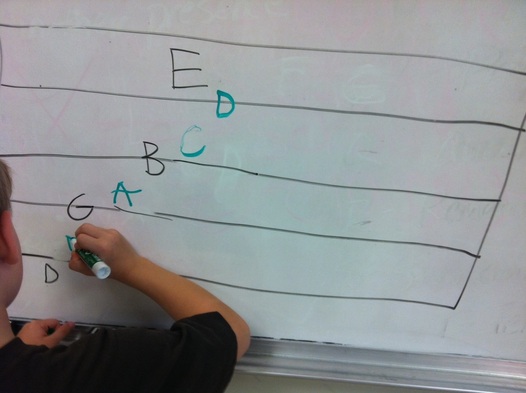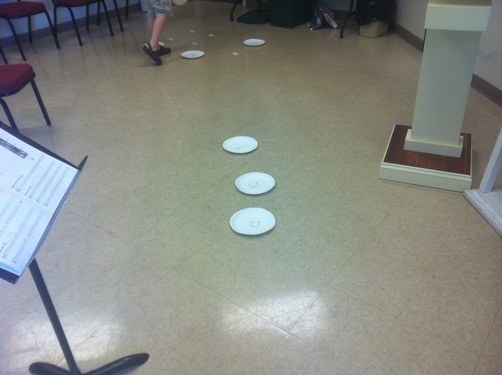I've been seeing more and more students lately that I am fairly confident are practicing, but there is almost nothing to show for it. Is it possible to practice for two hours in a week and get nothing done? Absolutely. And students seem really surprised by it.
So, I've been making a real attempt this semester at more of a goal and performance based concept to practicing. My focus is on what the student got done over the week instead of how much time they spent with the instrument. To be honest, I don't care if the student spent 10 minutes or 10 hours in practice. As long as they are meeting (and possibly exceeding) the goals set before them, I'm thrilled!
So, what does this look like? There are lots of different methods out there that I've tried including the Level System, but I think it comes down to a few things:
1) Teachers need to be ABSOLUTELY clear about what is expected and how the students will know that they have achieved the goal.
I spent years saying things like, "Practice page 2" or "Make sure that the chorus section sounds better next week". Those goals are not measurable. I've been making a concerted effort to give measurable goals: "Be able to play page 2 with a metronome at 80 bpm next week. You are ready to play it for me when you can play it three times in a row without error at home." There is no wiggle room there. When the student comes in the next week they are either ready to play it for me as assigned or they aren't. The expectation is clear.
2) Active Practice vs. Passive Practice
I've begun talking to students about this recently as we prepare for our recital next month. Active Practice involves being actively involved in what you are doing. The student is not watching TV, daydreaming, watching the clock, or mindlessly playing. Passive Practice happens when students are not fully engaged in their practice. Their mind wanders or they are focussed on something else. Ever spend time reading a book only to stop and realize that you've gone through a few pages but have no idea what you've just read? That's passive. I think that most students are very passive about their practice times and don't really get much accomplished. Just knowing this and making an attempt to be actively engaged in your practice can make a big difference.
3) Two Life Changing Questions: Am I a better musician (insert guitarist, drummer, pianist here) than when I picked up my instrument? In what specific way am I better?
The goal of practice is to be better at something. I am astounded at how little that students can accomplish even when putting in hours of practice. Most seem dumbfounded that they are supposed to accomplish anything at all. These two questions will change the way that you practice.
There should be measurable goals that were accomplished during your practice session and you should be able to name them. If you cannot pinpoint any specific area that is better than when you started, then you have just wasted time! There is no point in practicing if you aren't actively getting better at something. Here are a few examples of measurable goals: memorized a section, played section with metronome, played section without error, improved a specific technique, maintenance of a previously perfected section. This is definitely not an all inclusive list, but you should be able to point to a few specific things about your musicianship that is better than if you had chosen not to pick up your instrument that day.
HOW YOU CAN HELP AS A PARENT:
1. Remove distractions from the Practice Zone.
2. At any time during your child's practice, ask them to tell you specifically what they are working on and what goal they are trying to accomplish.
3. At the end of their practice, ask them what they accomplished today and what they hope to accomplish before their next lesson.
Simply being involved and asking questions can make all the difference.
-shane



 RSS Feed
RSS Feed